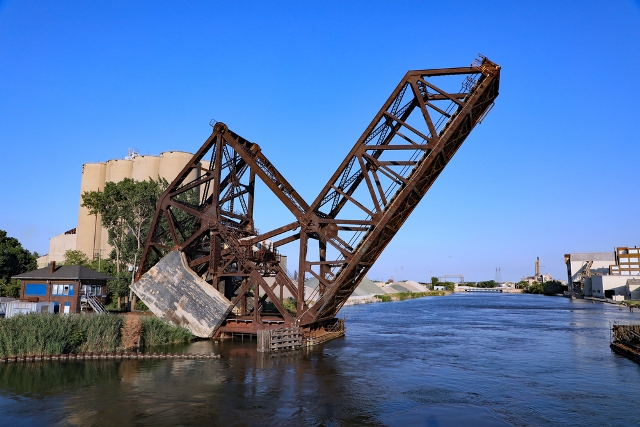
President Trump's infrastructure plan, while one of the largestproposed, continues with the theme of the prior threeadministrations in calling for massive investment in the nation'sinfrastructure. The plan aims to generate $1.5 trillion in order toupgrade the nation's highways, airports and railroads.
|Details related to the infrastructure plan will certainly changeas the proposal moves through the political process. Despite thatuncertainty, there are projects currently underway, projects inplanning phases and, more importantly, projects that needattention — many of which fall under the category of criticalinfrastructure. It's no secret that much of our country'sinfrastructure is long overdue for an overhaul, and it will be nosmall task determining how best to allocate resources on a federal,state, and local level.
|Should a city prioritize fixing aging water distribution systemsor outdated traffic control equipment? Should a state invest inrepairing an unsafe bridge or updating an old section of afrequently used highway? Although there are countless projects thatneed attention, local governments first and foremost must fulfilltheir mission of serving their citizens and keeping them safe, andall infrastructure projects should be evaluated through aprogrammatic and strategic lens.
|Related: 2018's 10 best states to drive in
|Understanding the infrastructureecosystem
Regardless of what priority an infrastructure project isassigned, each project should be approached and viewed through aprogrammatic lens. It's important to assess where a project fitswithin a larger infrastructure ecosystem:
- Is this project a piece of a much larger puzzle?
- If it is, at what point in the infrastructure roadmap can it bemost effectively dealt with?
Next, the various types of risks associated with each projectshould be considered:
- Does this project have a financial, reputational or operationalrisk?
- Is there potential for a positive or negative riskoutcome?
Like any strategic and programmatic plan, sound review,prioritization and financial strategy are essential to a successfuland safe project.
|Related: 2018's 10 worst states to drive in
|Looking to the future for today's needs
Tactically, it's easy to prioritize fixing what's already brokenor posing an immediate danger, for example, a traffic signaldamaged in a storm or a burst water main will naturally shoot tothe top of the priority list. Strategically however, is the townconsidering future overhaul of traffic control to a smartmanagement system? Does the utility need to upgrade its supervisorycontrol and data acquisition (SCADA) network?
|Developing a plan that can address long-term infrastructureimprovements needed both now and in the future while deliveringsuch improvements in such a way that addresses lessons learned frompast projects is the most arduous task for infrastructureplanners.
|A smart and programmatic strategy acknowledges that it's notenough to simply repair or replace compromised systems.Infrastructure planners and experts need to look at past examplesof successes and failures while also considering future use cases,new technologies and solutions that can impact today's strategies.Every infrastructure plan should strive to create solutions in away that considers the future and enhances projects with the latesttechnology in order to make final outcomes safer, last longer andmore economically viable over time.
|Related: Gulf Coast needs $14 billion storm barrier,chemical makers say
|Opportunity for risk management
From an insurance and risk management perspective, observingprojects from a programmatic lens all ties back to makinginfrastructure projects safer and ultimately reducing the frequencyof repairs and making projects less susceptible to catastrophicloss. By implementing an infrastructure plan that exists within anoverall enterprise risk management strategy, cities and towns canfocus on providing services safely to their citizens, whileinfrastructure projects are underway.
|Related: Tackling the U.S. flood insurancechallenge
|Thom Rickert is VP and Emerging Risks Specialist for TridentPublic Risk Solutions, member of Argo Group. He can be reachedat [email protected].
Want to continue reading?
Become a Free PropertyCasualty360 Digital Reader
Your access to unlimited PropertyCasualty360 content isn’t changing.
Once you are an ALM digital member, you’ll receive:
- All PropertyCasualty360.com news coverage, best practices, and in-depth analysis.
- Educational webcasts, resources from industry leaders, and informative newsletters.
- Other award-winning websites including BenefitsPRO.com and ThinkAdvisor.com.
Already have an account? Sign In
© 2024 ALM Global, LLC, All Rights Reserved. Request academic re-use from www.copyright.com. All other uses, submit a request to [email protected]. For more information visit Asset & Logo Licensing.








